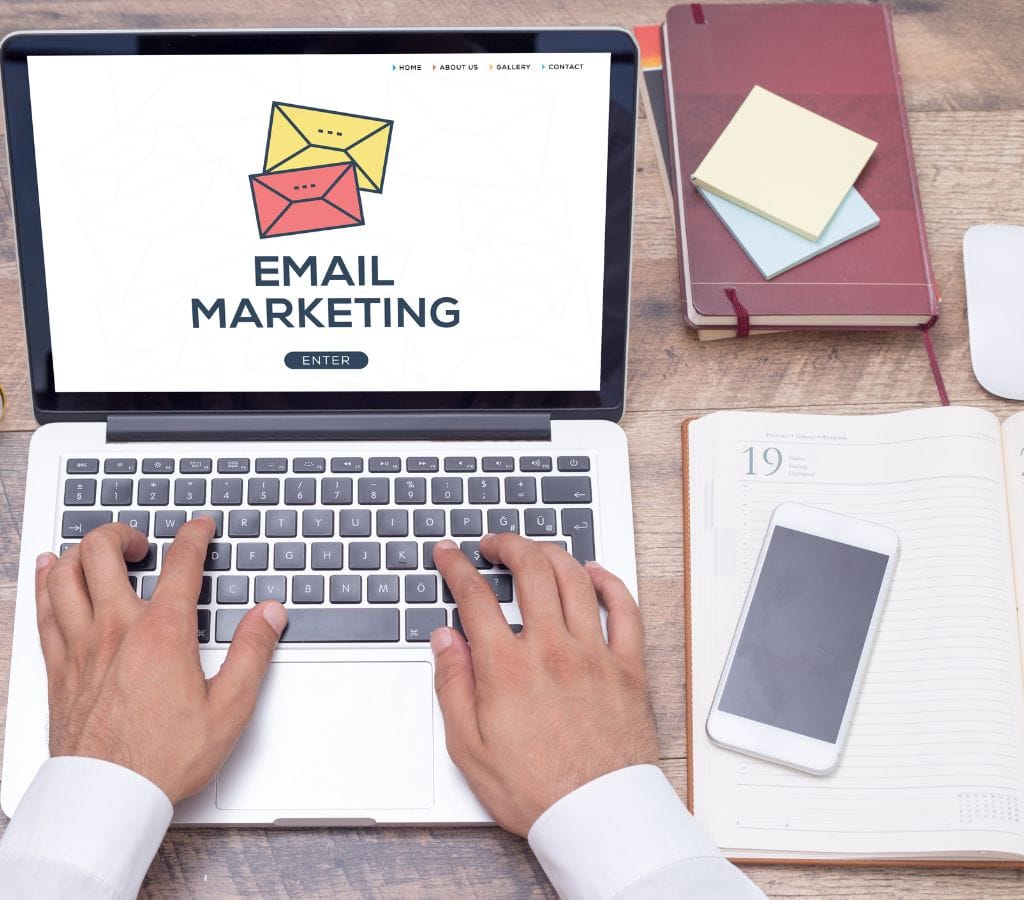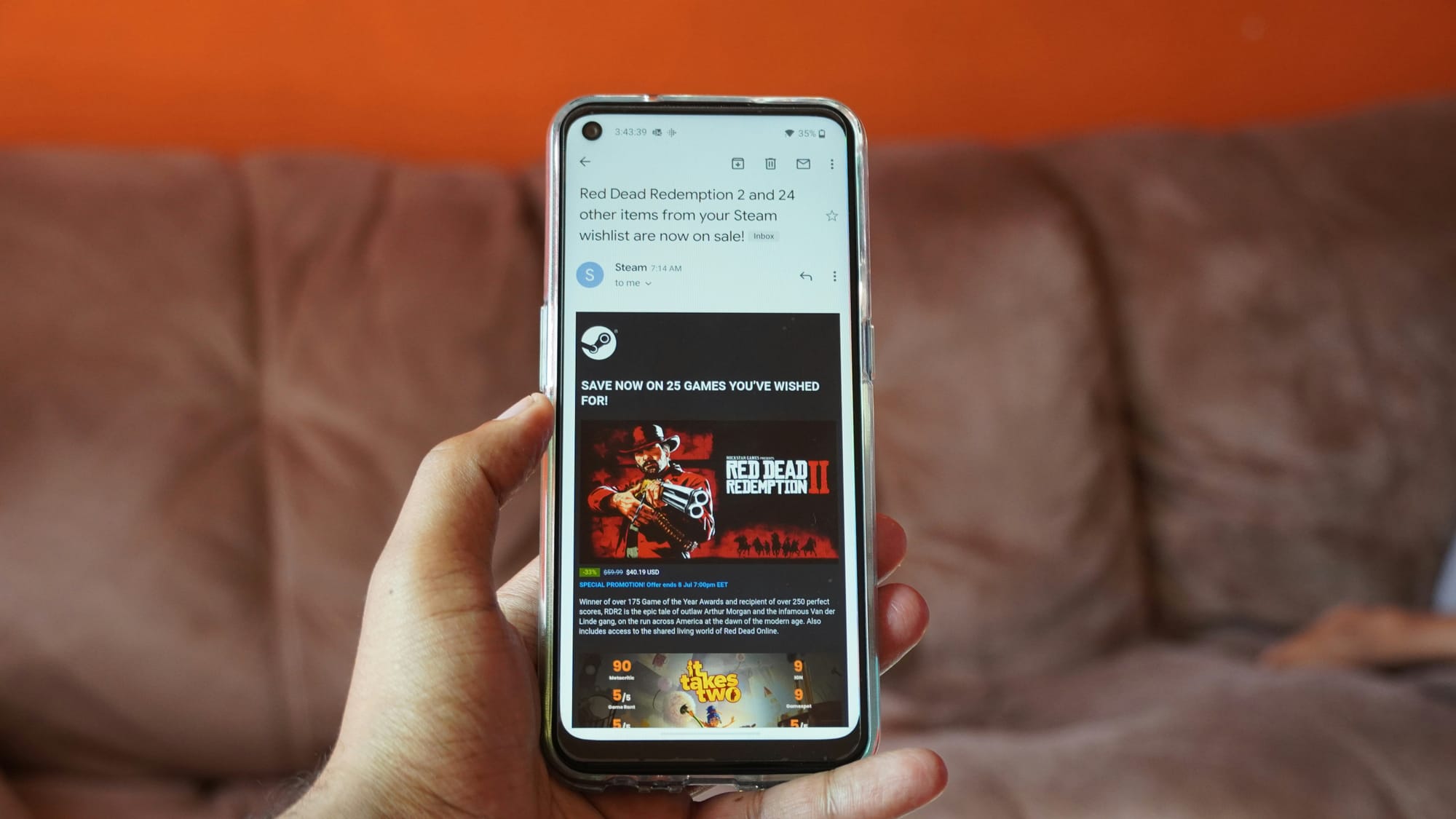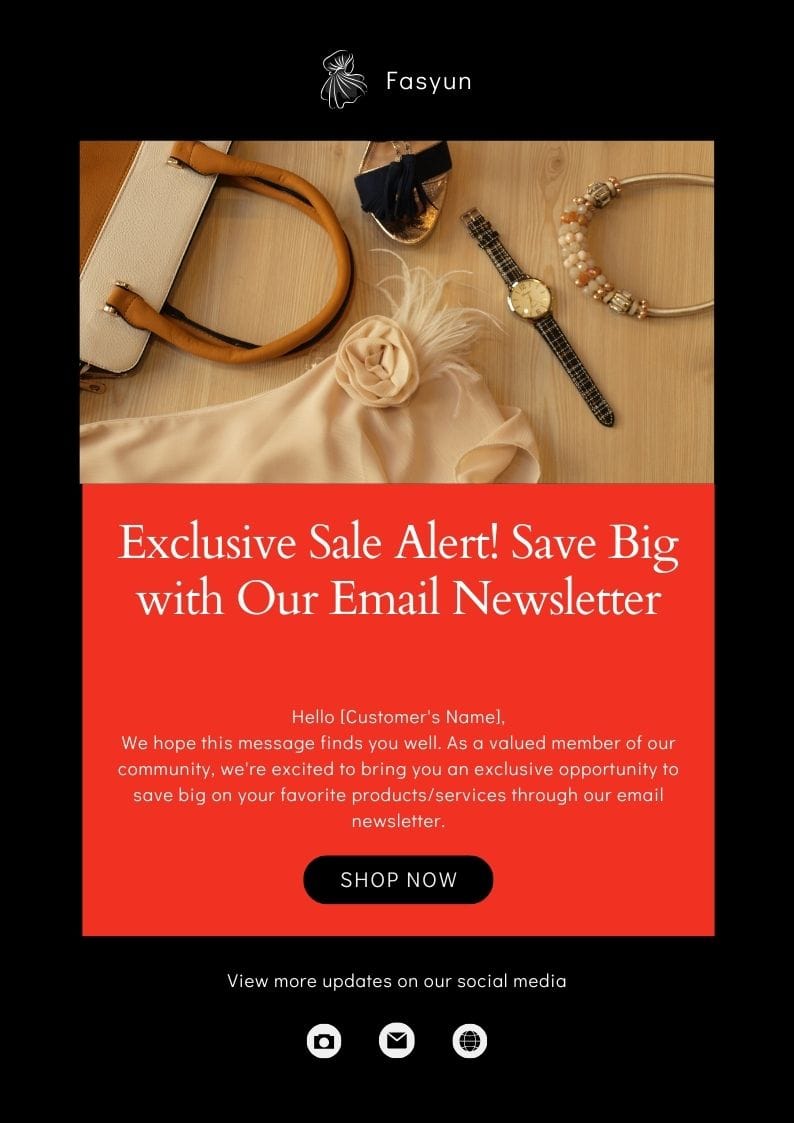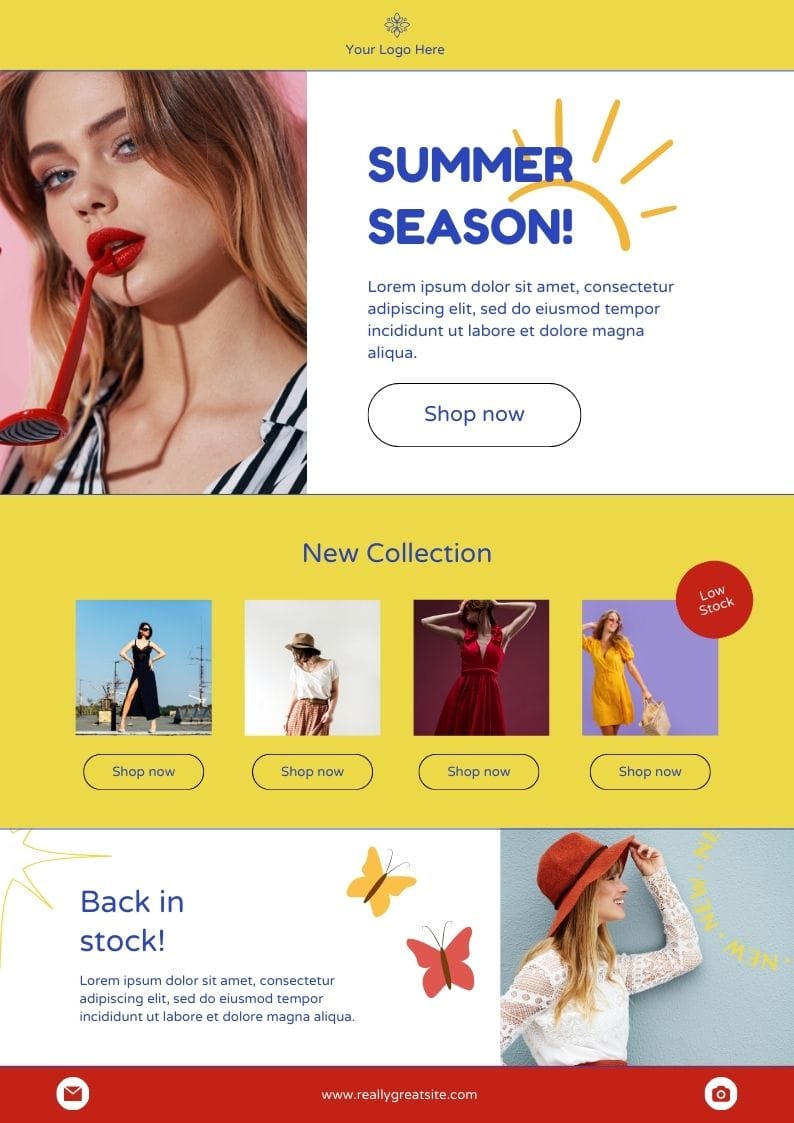Email subject lines are the first impression your recipients see, and they determine whether your email will be opened or ignored.
In this post, we will show you how to write email subject lines that not only capture attention but also entice readers to click through. We will also explore the best practices for capitalization, length, and formatting, as well as provide examples and tips to help you create catchy email subject lines.
What Does "Subject" Mean in Email?
The term "subject" in email refers to the line of text that appears in the inbox, summarizing the content of the email. It is the first thing recipients see, and it serves as a preview of what the email contains. A well-crafted subject line can make all the difference in whether your email is opened or deleted.

Should Marketing Emails Subject Lines Be Capitalized?
Capitalizing subject lines can be a tricky question, but it is essential to get it right. Here are some best practices:
- Consistency in Capitalization: People will trust you more if you use capital letters consistently. It makes your email look more professional and clear, and it makes important words pop out, which makes it more likely that someone will open it.
- Sentence Case Capitalization: It is generally best to use sentence-style caps in email subject lines. Therefore, you should capitalize the first word of the sentence and any proper nouns. All other words should be written in lowercase. For example, “Get the latest updates on our services.”
- Avoid All Caps: All capital letters can make your writing sound like you're yelling at the people reading it, which is not only annoying but may also set off spam filters. Use alternatives, such as bold, underlines, or extra exclamation points, to get your point across.

Email Subject Line Length
The length of your subject line is crucial. Here are some guidelines:
- Keep It Short: A subject line that is short and to the point is more likely to get someone's attention and get your point across clearly. Your subject lines should be four to seven words long. This length is perfect because it keeps your subject line from getting cut off on mobile devices and makes sure that your readers get the whole picture in the preheader text.
- Avoid Spammy Words: Spammy words such as “Free,” “Act now,” and “Exclusive deal” can trigger spam filters and reduce your email open rates. Avoid these words and focus on creating a sense of urgency or importance without being spammy.
- A/B Testing: While shorter is usually better, there are cases where longer subject lines perform competitively. Gartner reports that longer, more detailed subject lines with more than 70 characters perform as well as those with 11 to 20 characters. A/B testing can help you determine the ideal length for your audience.

Catchy Email Subject Lines
Creating catchy email subject lines involves a blend of creativity, strategy, and personalization. Here are some tips:
- Urgency: Subject lines that use words such as “urgent,” “breaking,” “important,” or “alert” have higher open rates. Creating a sense of urgency can prompt recipients to take action quickly.
- Curiosity: Front-loading your email subject line with a compelling allusion to a story can intrigue your audience and make them want to learn more. However, ensure the story is relevant to your brand to avoid confusion.
- Personalization: Personalizing your subject lines can make them feel more personal and less robotic. Use the recipient’s name or mention specific details that are relevant to them.
- Numbers: Including numbers in your subject lines can increase open rates. For example, “10 Tips to Boost Your Sales” or “5 Ways to Improve Your Email Marketing”.

Examples of Effective Email Subject Lines
Here are some examples of effective email subject lines that incorporate the best practices mentioned above:
Urgency
- “Last Chance to Save 20% on Our Summer Sale!”
- “Only 24 Hours Left to Register for Our Webinar!”
Curiosity
- “You Won’t Believe What Happened Next!”
- “Discover the Secret to Doubling Your Sales!”
Personalization
- “Hi [Name], Your Exclusive Offer Awaits!”
- “We’ve Got a Special Surprise for You, [Name]!”
Numbers
- “10 Ways to Improve Your Email Marketing Strategy”
- “5 Simple Steps to Boost Your Open Rates”
Storytelling
- “How [Company] Doubled Revenue in Just 6 Months”
- “The Story Behind Our Best-Selling Product”
Inquiry-Based
- “What’s the Secret to Our Success?”
- “Ever Wondered How We Achieved This?”

How to Use Seasonal Events to Improve Email Subject Lines?
In order to improve your email subject lines by including seasonal events, follow these strategies:
Stay Current and Relevant
- Use Current Events: Make your subject lines relate to holidays, seasonal themes, or current events that are important to your brand and audience. This makes your emails more up-to-date and useful for the people who receive them.
Use Seasonal Themes
- Seasonal Hooks: Use seasonal themes in your subject lines to draw attention to them. For example, in the fall, you could use "Fall for our biggest sale of the year!" or "Leave your competitors behind with our autumn offers."
- Winter Holidays: For the winter holidays, use subject lines such as "Unwrap big savings this season!" or "New year, new you: Transform your business in 2023".
- Summer Themes: In the summer, use subject lines that resonate with the laid-back summer vibes, such as "Sizzle your sales with our hottest deals!" or "Make a splash this summer with new lead generation strategies."
Combine Current Events and Seasonality
- Timely Occasions: Combine current events with seasonal themes to create compelling subject lines. For example, "Unwrap the latest social media trends this holiday season" or "New year, new software: latest tech for 2023 business growth".
Personalize with Seasonal References
- Segmented Audience: Divide your audience into groups based on the holidays or seasons they like and the things they like about those holidays or seasons. If you have users who celebrate Diwali, for example, make subject lines that are specific to them, such as "Celebrate Diwali with Exclusive Offers."
Using Limited Offers to Create Urgency
- Limited-Time Offers: Use holidays and other special events to make people feel like they need to act quickly because few of them are left. For example, "Get this while the offers last!" or "Last chance to save on our summer sale!"
Leverage Emotional Triggers
- Emotional Triggers: Tap into emotional triggers related to seasonal events. For example, "Spread the kindness on World Kindness Day" or "Happy Valentine's Day – Enjoy Exclusive Offers".
Use Data to Understand Your Audience
- Audience Insights: Use data from social media platforms, support channels, surveys, polls, and quizzes to understand what content resonates with your audience during different seasons.
Using these tips in your email marketing campaigns will help you write subject lines that are both relevant and useful, which will increase the number of people who open your emails and interact with them.
Creating effective email subject lines is an art that requires a combination of creativity, strategy, and attention to detail. It's best to keep subject lines short and avoid using words that sound like spam. In order to make them stand out, use personalization and narratives. These tips will help you change the way you send emails and get a lot more people to open them.

